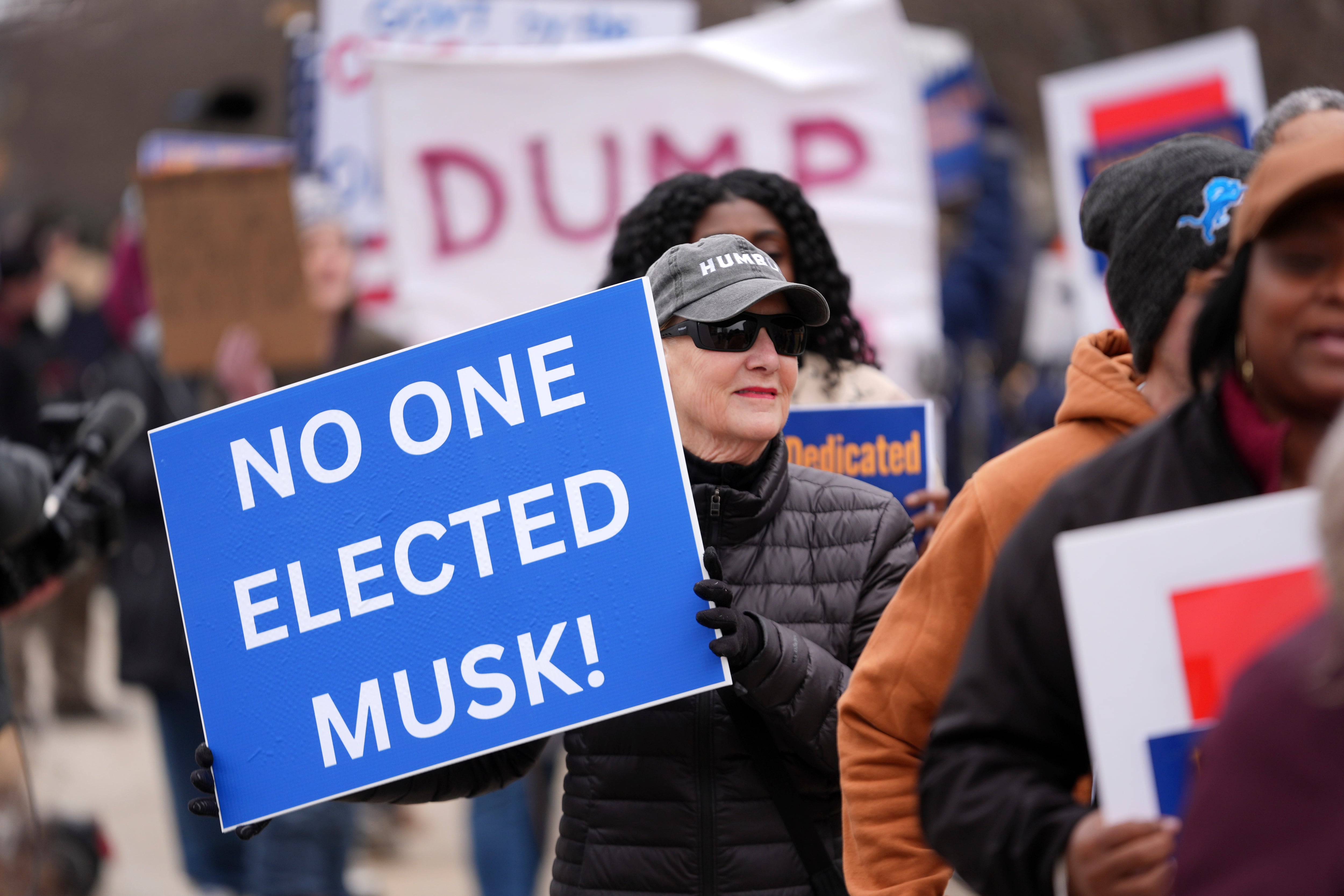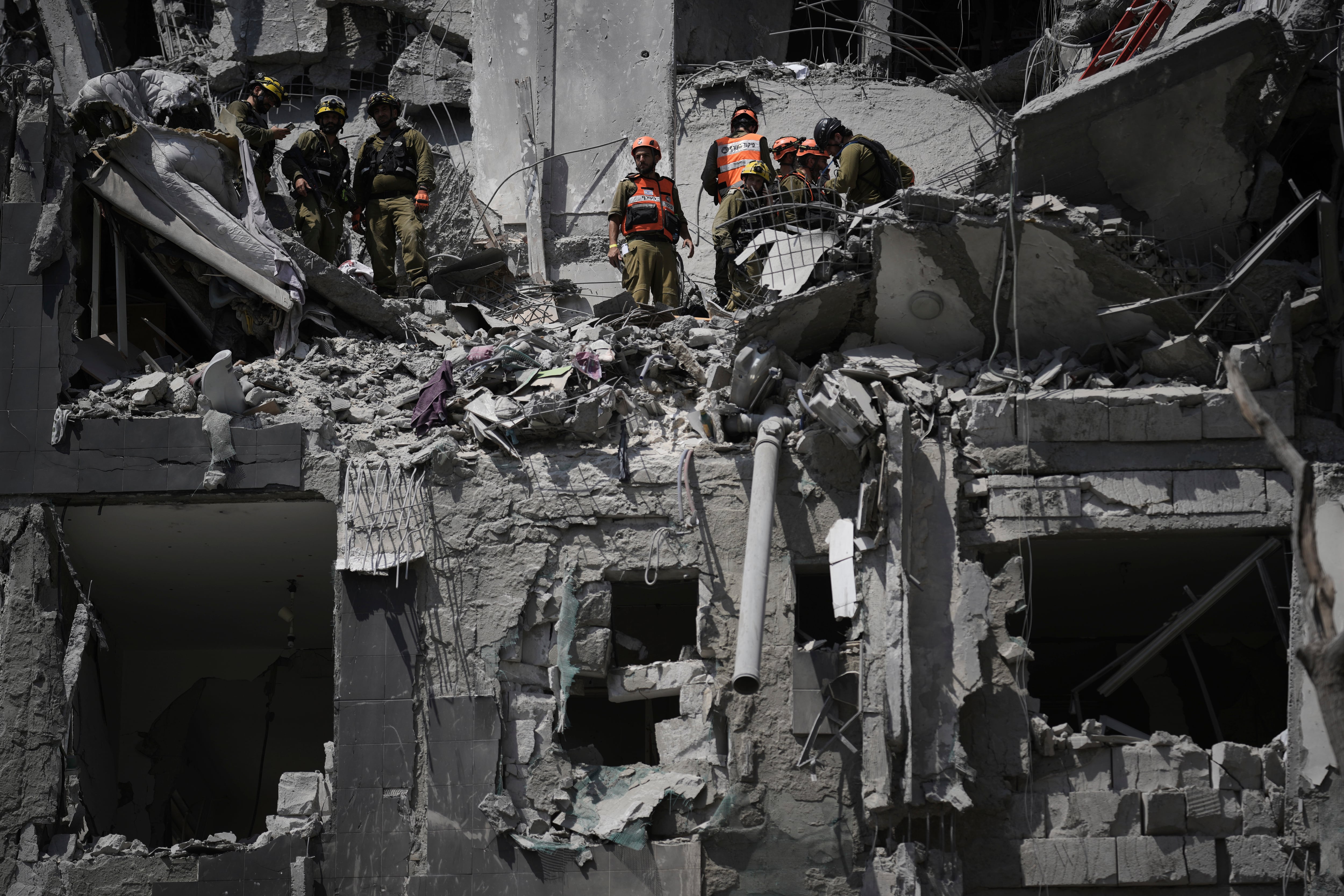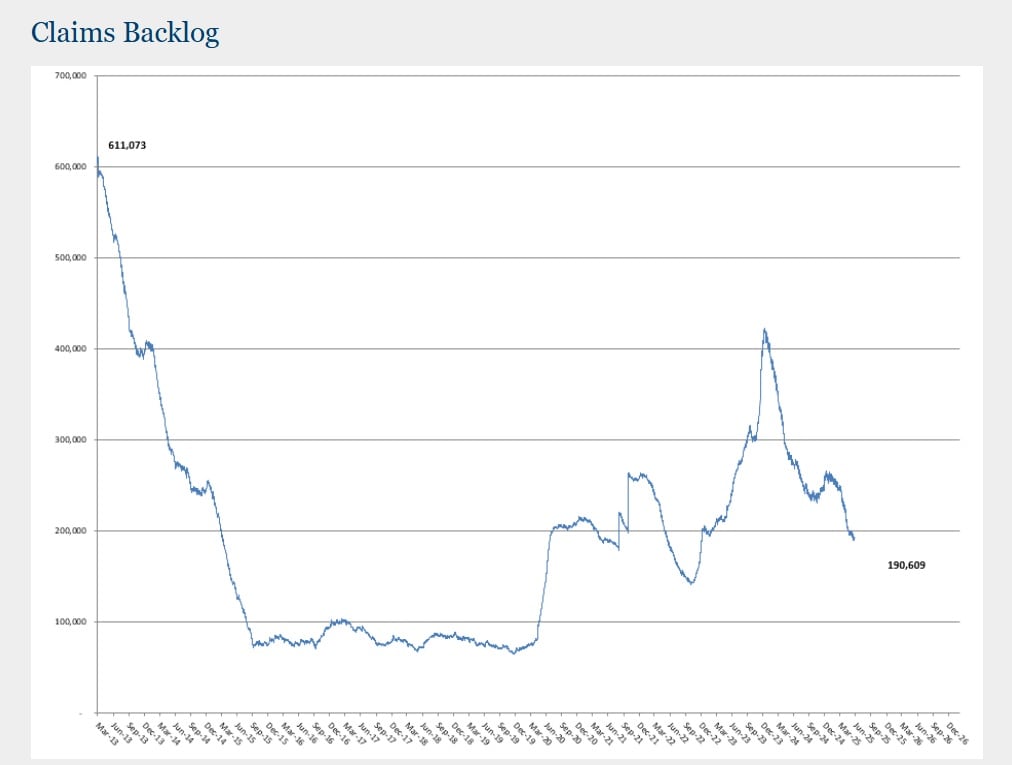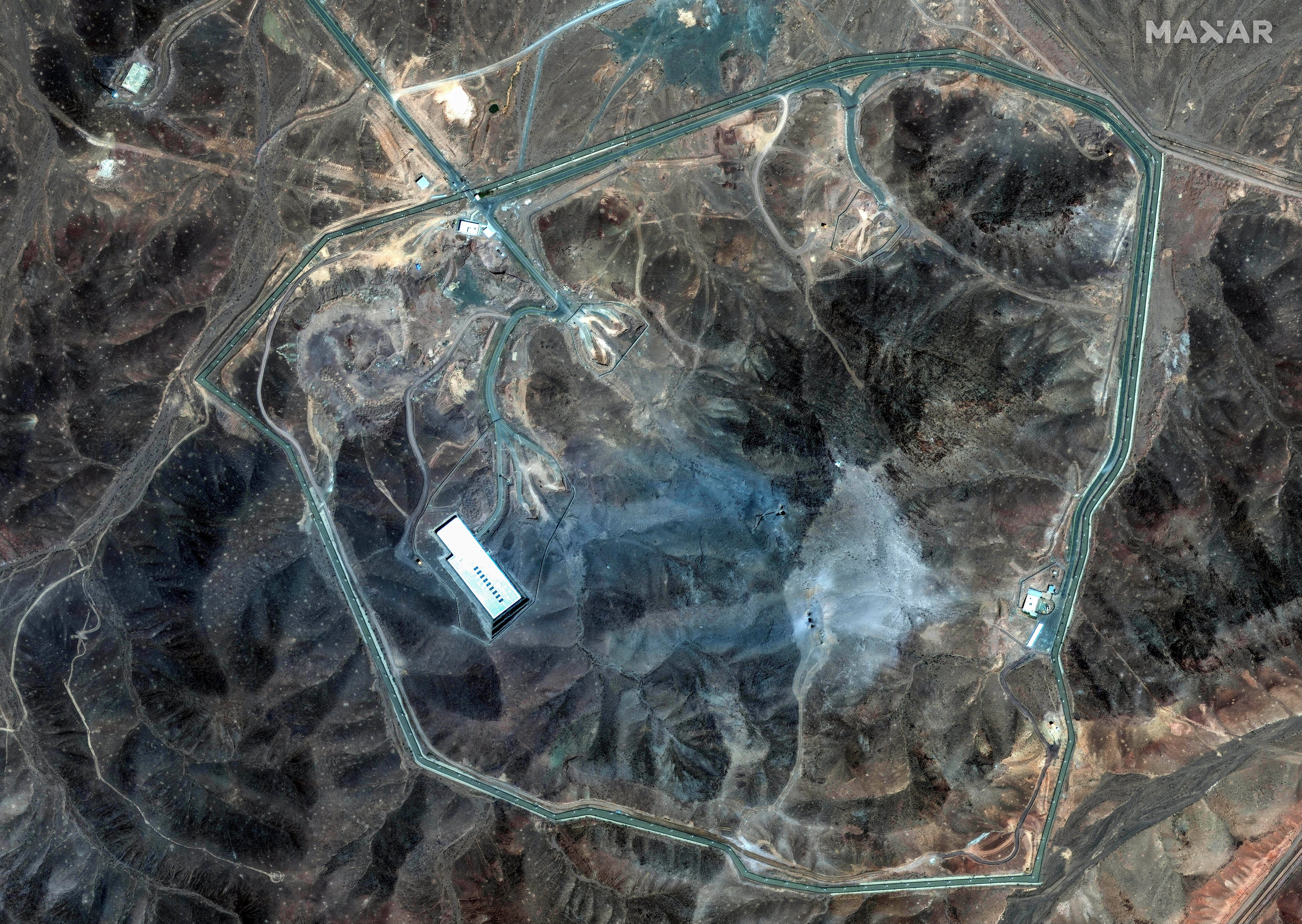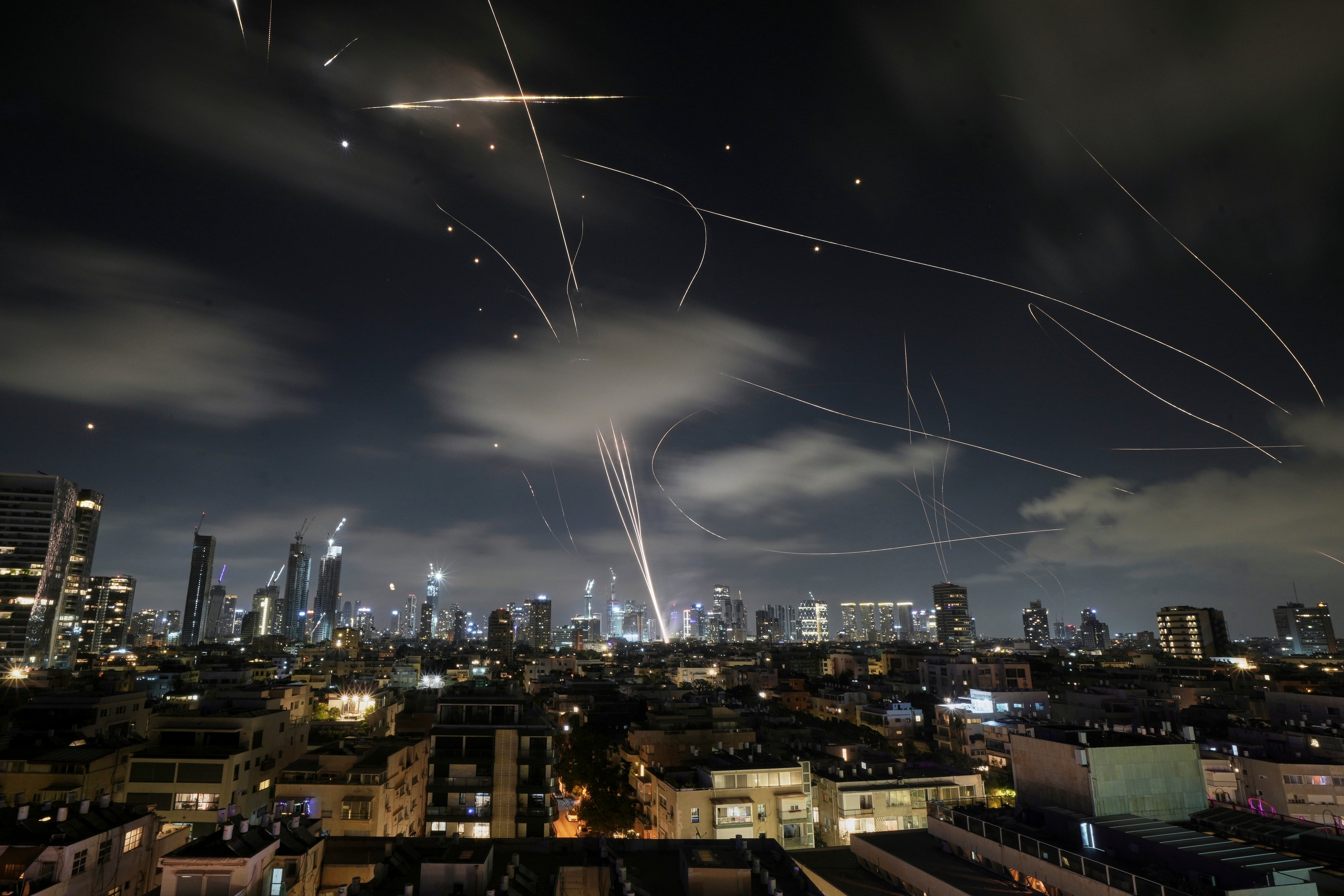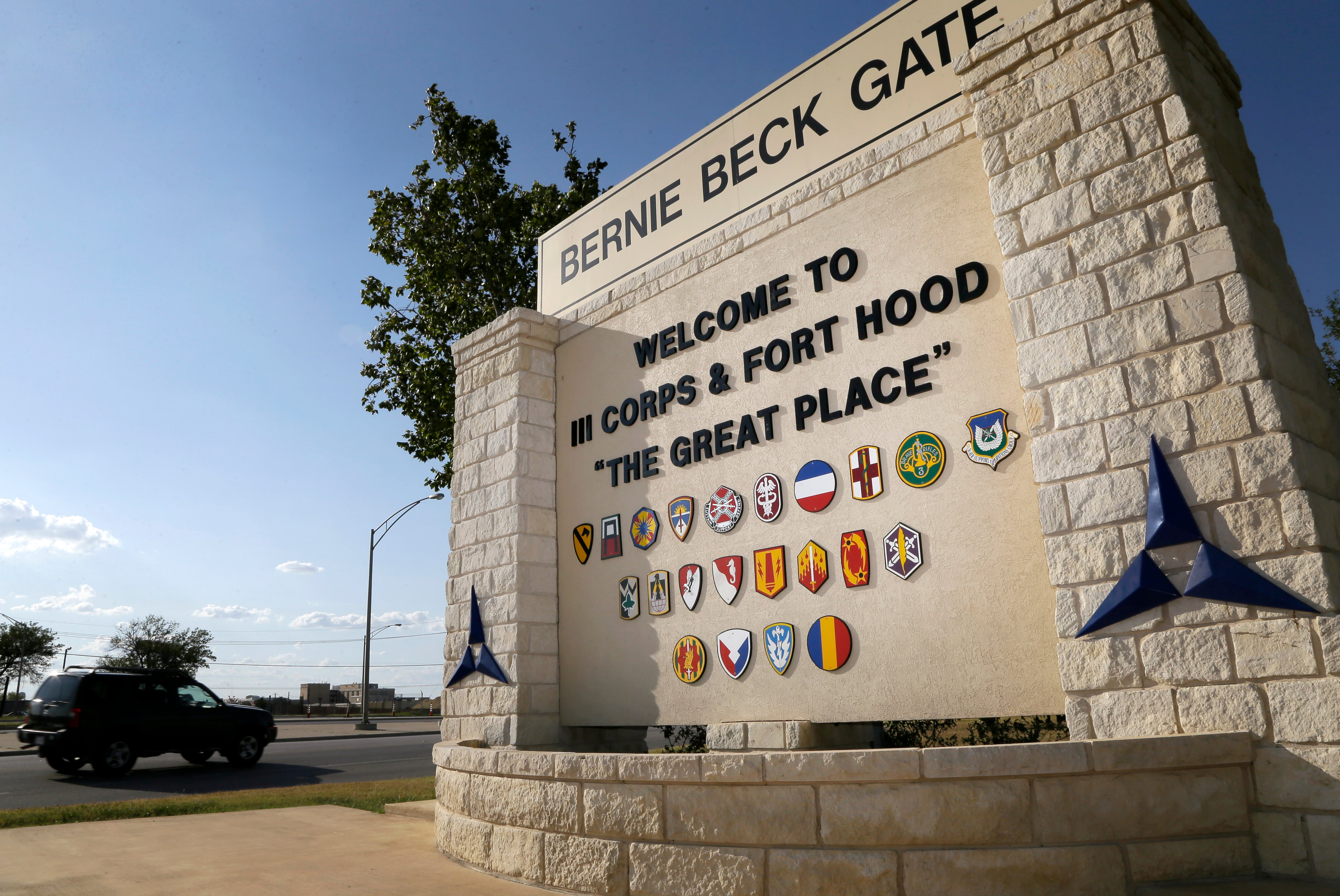WASHINGTON — U.S. lawmakers want acting Defense Secretary Patrick Shanahan to explain the long-term plan for troops at the southern border, how much those deployments cost and what toll it will take on military readiness.
In a letter to Shanahan obtained by Defense News, a group of 11 House Democrats ask how the border deployments could align with the National Defense Strategy’s focus on Russia and China.
“Troop deployment levels appear to have been chosen not based on an assessment of an action threat, but instead based on the status of negotiations for a border wall,” the letter said.
“What conditions on the ground must be met to merit withdrawal from the border?”
RELATED
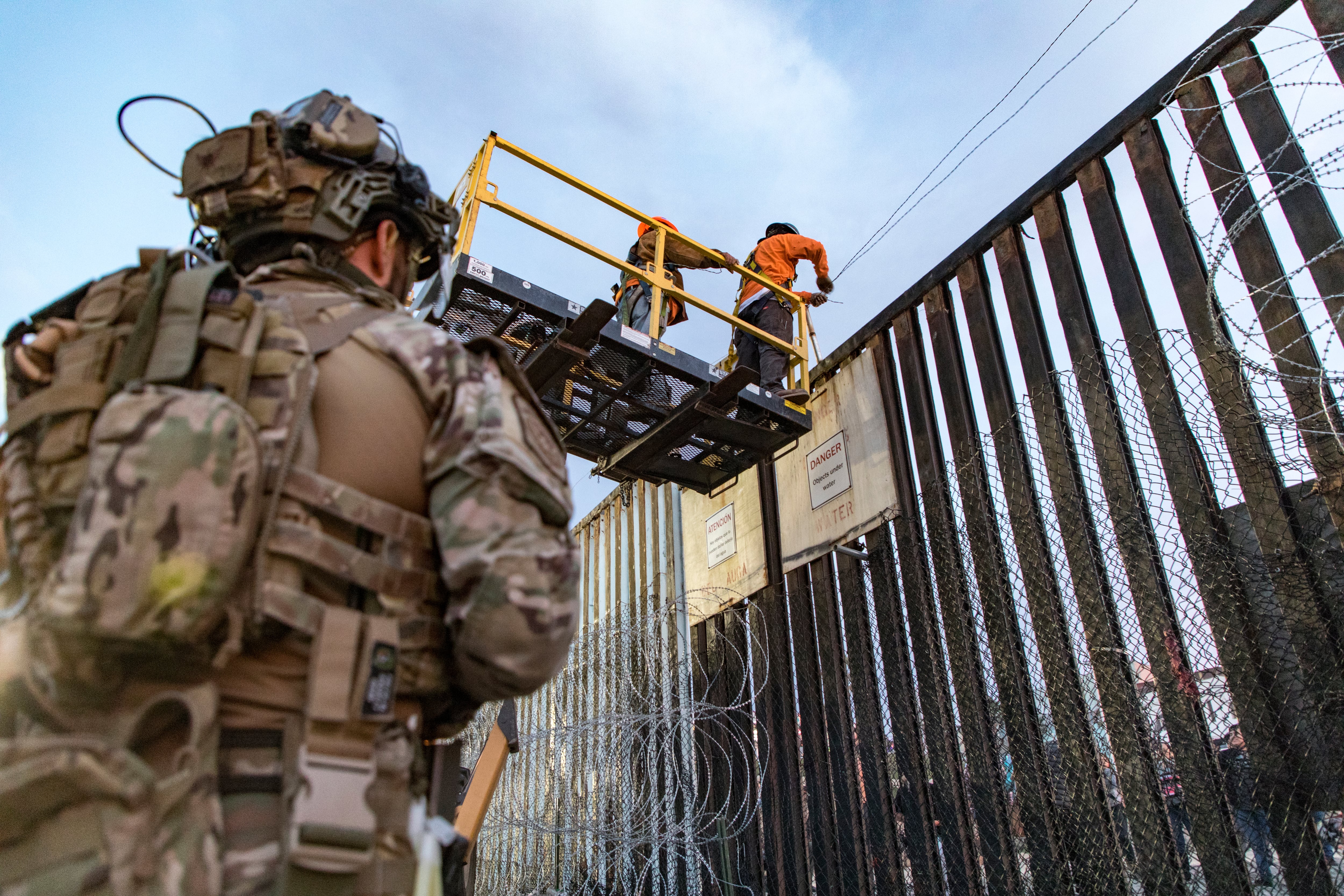
The letter’s authors also condemned President Donald Trump’s plan to use military construction funds to build his border wall, beyond the $1.4 billion Congress approved for border security.
Since Trump declared a national emergency on the border earlier this month, the White House has identified $3.6 billion in military construction funds for the Department of defense to potentially tap, as well as $2.5 billion in drug interdiction funds.
The letter is set to be made public Tuesday, but the louder message will likely come from the vote in the Democratic-led House to cancel the emergency declaration, also on Tuesday.
Trump is likely to prevail in the end since he could use his first-ever veto to kill the measure if it passes Congress, but the White House is seeking to minimize defections among the president’s GOP allies to avoid embarrassment.
“I hope our great Republican Senators don’t get led down the path of weak and ineffective Border Security,” Trump tweeted on Monday. “Without strong Borders, we don’t have a Country — and the voters are on board with us. Be strong and smart, don’t fall into the Democrats `trap’ of Open Borders and Crime!”
During a hearing on the topic last month, DoD officials and Republicans on the House Armed Services Committee argued that the military presence along the southern border isn’t improper or even unusual, noting that past presidential administrations have sent troops to assist border patrol agents.
The director of operations for the Joint Staff, Vice Adm. Michael Gilday, said then that active-duty units were being rotated out every six to eight weeks in an effort to minimize the impact on readiness and reset concerns. He said several units will miss company-level training requirements because of the mission, “but we believe we can replace that.”
The letter’s signatories — Reps. Anthony Brown, Salud Carbajal, Gilbert Cisneros, Veronica Escobar, Ruben Gallego, Deb Haaland, Katie Hill, William Keating, Bobby Rush, Mikie Sherill and Mike Thompson — argue there is no emergency, partly citing Pentagon officials who testified they were unaware of a terrorist threat on the border.
RELATED
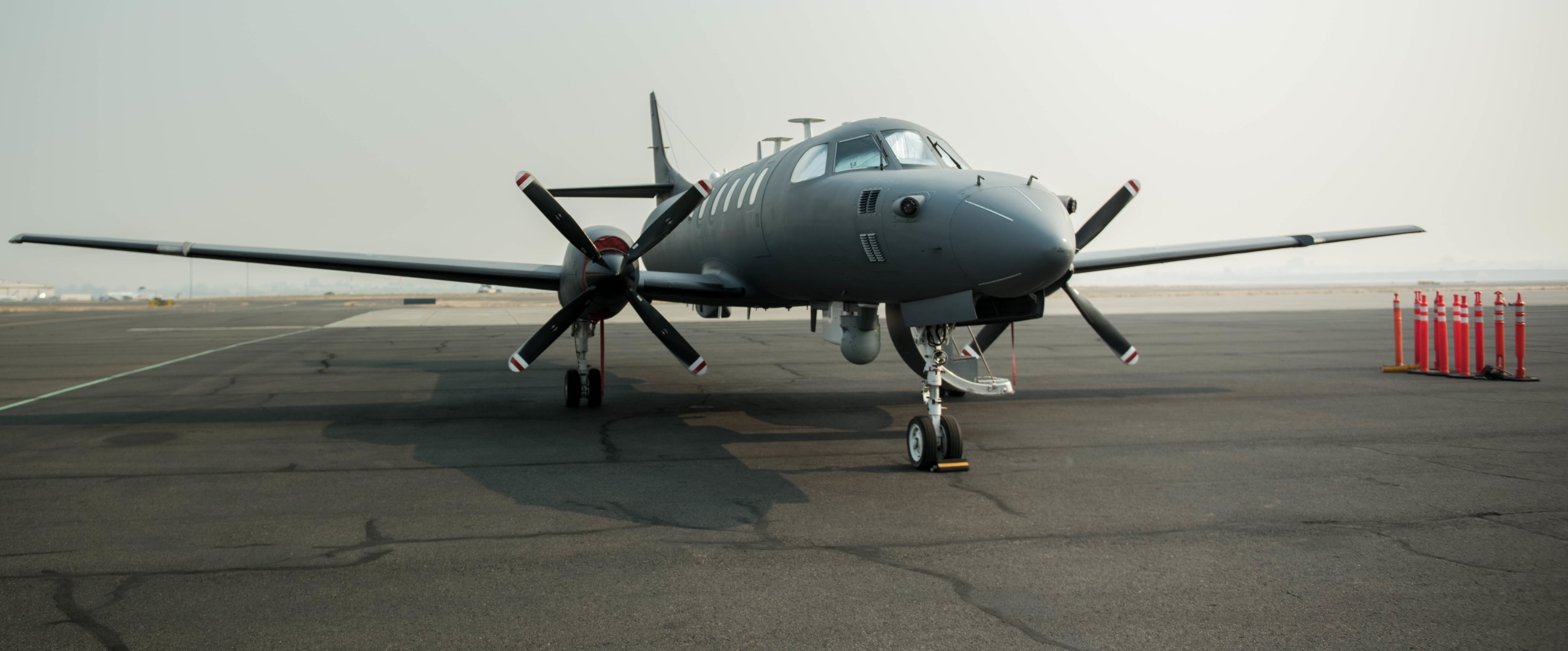
The lawmakers also express concern "the diversion of drug interdiction and military construction funding may adversely affect counter terrorism activities and quality of life improvements that our servicemembers and their families rely on.”
They asked for the Pentagon’s estimate of the costs to date and the remainder of fiscal 2019.
The Pentagon acknowledged Feb. 22 that the 5,000 military personnel deployed to the southern border would grow to roughly 6,000 by March 1. Of those, 2,100 are National Guard troops and the rest are on active duty.
In FY18, the Pentagon spent $132 million on active-duty support along the border, and $103 million on the National Guard presence. The DoD estimates it will spend an additional $448 million in FY19 on both National Guard and active duty-supported border security.
Tara Copp and Leo Shane III contributed to this report.
Joe Gould was the senior Pentagon reporter for Defense News, covering the intersection of national security policy, politics and the defense industry. He had previously served as Congress reporter.

